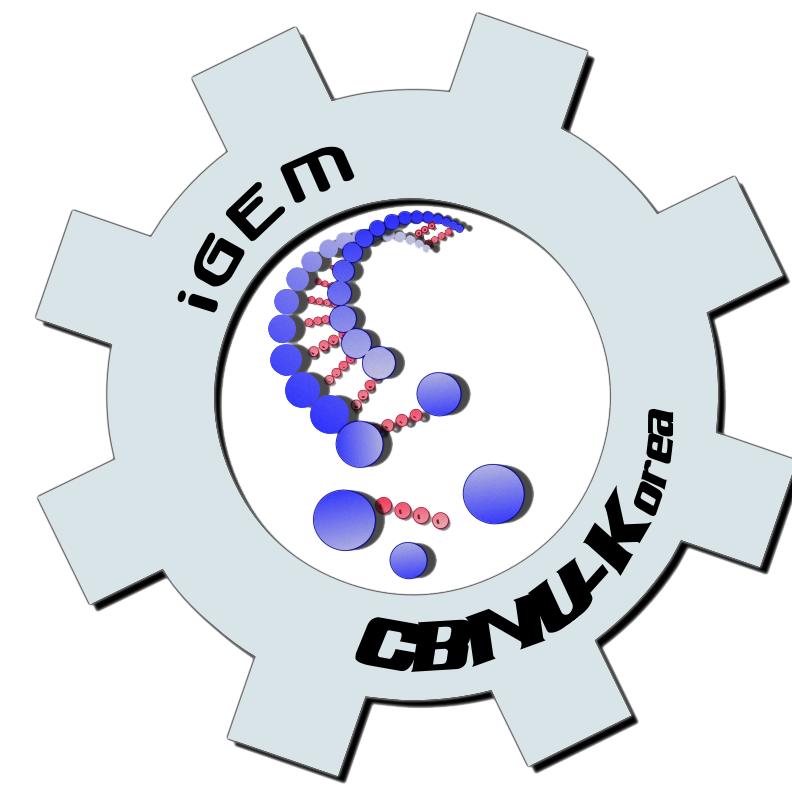Team:Berkeley Software
From 2009.igem.org
(Difference between revisions)
| Line 25: | Line 25: | ||
| | | | ||
As synthetic biology continues to mature, it stands to reason that the computer aided design tools should grow as well along with making the process easier, more standardized, and powerful. Our project attempts to address three key computational needs of the synthetic biology community: | As synthetic biology continues to mature, it stands to reason that the computer aided design tools should grow as well along with making the process easier, more standardized, and powerful. Our project attempts to address three key computational needs of the synthetic biology community: | ||
| - | # Create a robust set of application programming interfaces (APIs) which create a common framework so that individual independent software tools can communicate with each other as well as communicate with data repositories. This is accomplished with a completely revamped [[clothocad.com '''Clotho''']] based framework. | + | # Create a robust set of application programming interfaces (APIs) which create a common framework so that individual independent software tools can communicate with each other as well as communicate with data repositories. This is accomplished with a completely revamped [[http://www.clothocad.com '''Clotho''']] based framework. |
# Integrate formalized workflow capture programs with synthetic biology assembly protocols. This is accomplished by extending the '''Kepler Workflow Management System'''. | # Integrate formalized workflow capture programs with synthetic biology assembly protocols. This is accomplished by extending the '''Kepler Workflow Management System'''. | ||
# Raise the level of abstraction by which designs are specified, shared, and visualized. This is accomplished by the design of a domain specific language called '''Eugene''' and a design tool called '''Spectacles'''. | # Raise the level of abstraction by which designs are specified, shared, and visualized. This is accomplished by the design of a domain specific language called '''Eugene''' and a design tool called '''Spectacles'''. | ||
Revision as of 01:03, 1 August 2009
This is a template page. READ THESE INSTRUCTIONS.
You are provided with this team page template with which to start the iGEM season. You may choose to personalize it to fit your team but keep the same "look." Or you may choose to take your team wiki to a different level and design your own wiki. You can find some examples HERE.
You MUST have a team description page, a project abstract, a complete project description, and a lab notebook. PLEASE keep all of your pages within your teams namespace.
| Welcome to the UC Berkeley computational iGEM team wiki. | |
|
As synthetic biology continues to mature, it stands to reason that the computer aided design tools should grow as well along with making the process easier, more standardized, and powerful. Our project attempts to address three key computational needs of the synthetic biology community:
| |
| Team Example |
| Home | The Team | The Project | Parts Submitted to the Registry | Modeling | Notebook |
|---|
(Or you can choose different headings. But you must have a team page, a project page, and a notebook page.)
 "
"

